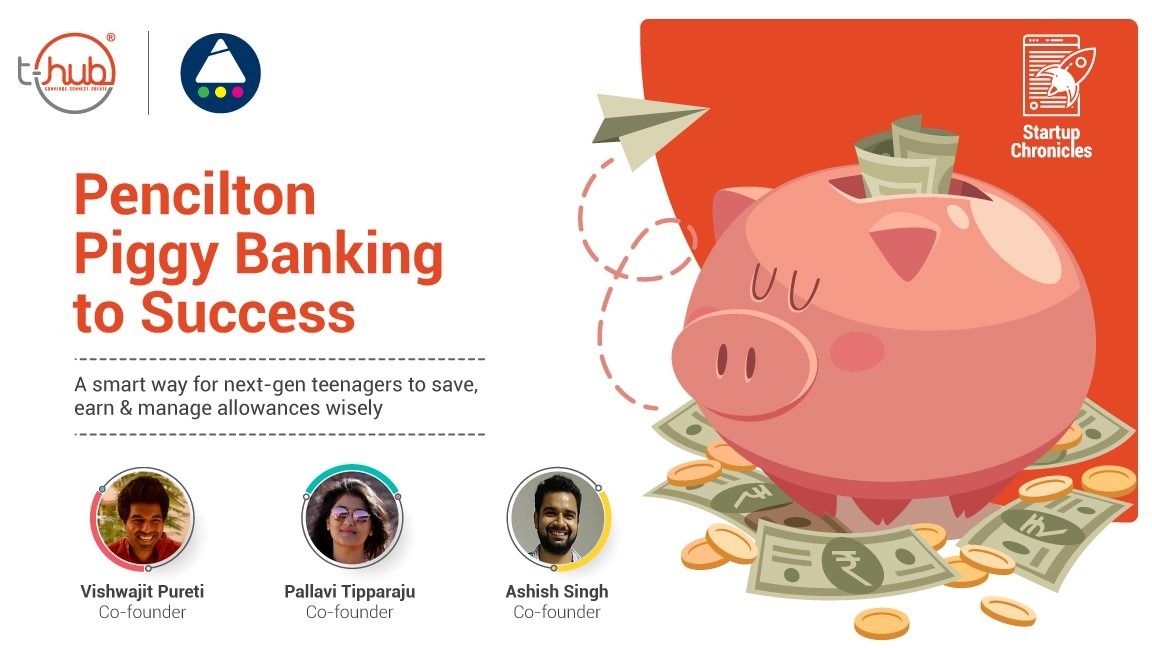I was reading what Chris Skinner wrote in his book Digital Human: “The new world is one of transient relationships, shorter-term commitments and everything online all the time. However, the financial system is built for lifetime relationships, long-term engagement, and everything over the counter.” When I co-relate this to how the Fintech sector, which has been driving huge changes across the financial services sector, I am awed at how these Fintech companies are rewriting the rules of engagement and transforming the entire financial services industry — where banks and financial institutions are fast realising the value and potential through adoption and adapting.
The old ways of servicing clients through a personal touch is quickly moving to digitally-led platforms, with an emerging, younger set of customers wanting an immediate and comprehensive view of their assets without waiting for a phone call. At the same time, they also want customized solutions catered to their unique financial needs. Platforms that allow access on both sides — clients, and their advisors, family office teams and accountants — and at a cost effective and efficient implementation for the banks, will be the future of private banking in the near term.
A hot sector
Last year, the global funding in the sector rose to US $111.8 billion, up 120 per cent from $50.8 billion in 2017. Region-wise:
- The Americas saw a rise from $29 billion in 2017 to $54.5 billion in 2018
- Europe, $34.2 billion, up from $12.2 billion in 2017
- Asia Pacific, $22.7 billion, up from $12.5 billion in 2017
These numbers (source: Entrepreneur Magazine Report) bear testimony to the growth of the sector, which harnesses technology to improve financial services across these broad categories:
- Payments
- Clearing and settlement
- Deposit, lending and capital raising
- Insurance
- Investment management and market support
Over the years, Fintech has made most inroads in the area of payments, thanks to the global penetration of the smartphone and Internet, and less in the others. (Source: KPMG Pulse of Fintech Report). Today, Fintech forums facilitate such collaborations and present a great opportunity for banks and financial institutions not only to increase revenues, but also to bring about innovation to benefit the customers. Stakeholders like startups, accelerators, government, investors, tech companies and financial institutions are important part of these forum and make it comprehensive to deliver maximum impact to the fintech ecosystem.
Banks, who?
Banks have been the traditional gateway to payment services. With the fast pace of technological changes, however, this domain is no longer the monopoly of banks. Non-bank entities are cooperating as well as competing with banks, either as technology service providers to banks or by directly providing retail electronic payment services like AliPay, PayPal and Paytm. They are harnessing this technological edge along the financial services’ value chain to provide agile, efficient and differentiated experiences to the end-user. Today’s consumers are used to tapping into the world through a digital window; accordingly, they expect access to financial services through digital channels. This has fuelled a massive shift in how people buy, spend, save, borrow, and invest. Already, we see many banks partnering with Fintechs to elevate their offering. Over time, there will also likely be more concentration among the bigger players, who will team up to create large platforms that offer a wide range of activities.
Asia Rising
Digitalization and the penetration of the innovation economy have swept Asia and have impacted every aspect of commerce. The growing middle class in Asia Pacific has more disposable income, which highlights the region’s importance not only as an exporter but as an importer of goods and services. While Asia has long played a crucial role in global cross-border commerce, there is now an incredible amount of inter-Asian activity as well. These newly expanded corridors have become an important vector of activity and opportunity. Asia is also a hotbed of fintech with the relentless pace of innovation driven by evolving consumer expectations. Challenger banks and mobile payments were almost unheard of five years ago but today have emerged to lead digital disruption in financial services like Alipay, WeChat Pay enabled mobile led micro-payments and growing exponentially. Paytm’s expansion in Japan is testimony of look east policy of fintech players and Asia’s acceptance to this phenomenon.
In the next five years multicurrency payments, driven by an increasingly mobile-first and digitally savvy population, will emerge, as today’s payment vertical has high friction, bad pricing and inefficient settlements cycles, but all this will probably change in the next five years. The good news is that the regulatory barriers are melting away and this exposes the incumbents who are busy protecting their turf.
The Fintech landscape of Asia in five years will likely feature a mix of small, disruptive players along with a field of consolidated incumbents.
T-Hub is focused on Fintech
At the T-Hub, we enable a unique confluence of all these stakeholders and is aimed to create meaningful relationships for business growth. Today, we help startups, corporate partners, investors in the ecosystem to charter their business and innovation roadmap for business growth. One of the key focus sector is Fintech.
Top five reasons to work together:
- Debate and discuss upcoming fintech regulations and directives to align business purposes by actors in the financial system like NPCI, NABARD, IRDAI, banks and other global financial institutions who work closely with T-Hub to understand upcoming trends and craft future ready regulatory framework.
- Provide platform for public-private dialogue on transformation to identify areas where supervisor support is needed to develop technology for enhancing stability. Fintech sandboxes from institutions like RBI, NPCI and IRDAI showcase an optimistic shift for enabling innovative, faster and efficient fintech product development along with regulatory compliance.
- Influence industry standards to redefine and enforce an approach to good conduct in light of new technology-enabled innovations by being part of ecosystem led confluences like Nasscom Product Conclave and Hyderabad Fintech Forum.
- Monitor and understand fintech innovation in a consistent way to ensure that national supervisors are well equipped to mitigate risks arising from fintech.
- Accelerate the growth of startups by delivering utmost value to the customers and businesses.
Today there are about 2,700 Fintech startups in the country and ecosystem can no longer be classified as merely ‘emerging.’ India has an adoption rate of 72% for digital payment solutions, which is the highest in the world. This rapid growth in the fintech ecosystem is due to collaboration among various stakeholders including banks, startups, investors, universities, students, technologists, and government bodies. T-Hub’s active relationship with all the players sheds light on not only the progress that has been made so far but also elaborates on key challenges that lie ahead and looks at what possibilities the future holds for this sector. A conducive open innovation platform like T-Hub is enabling all the players to take fintech revolution to next level.
Just to share, NASSCOM Product Conclave is around the corner which is also hosting the FinTech Summit on Nov 5th. To register for the conclave, click here.
-Ravi Narayan, CEO T-Hub
NOTE: This article was part-published in The Financial Express on October 24, 2019 with the title ‘Asia’s fintech space to have small, disruptive players ahead; large ones will team up for more offerings’.


